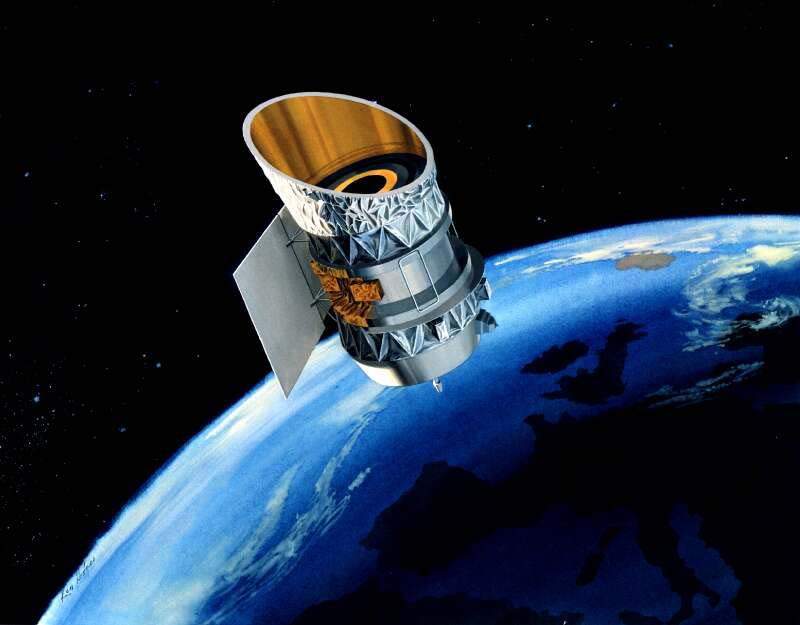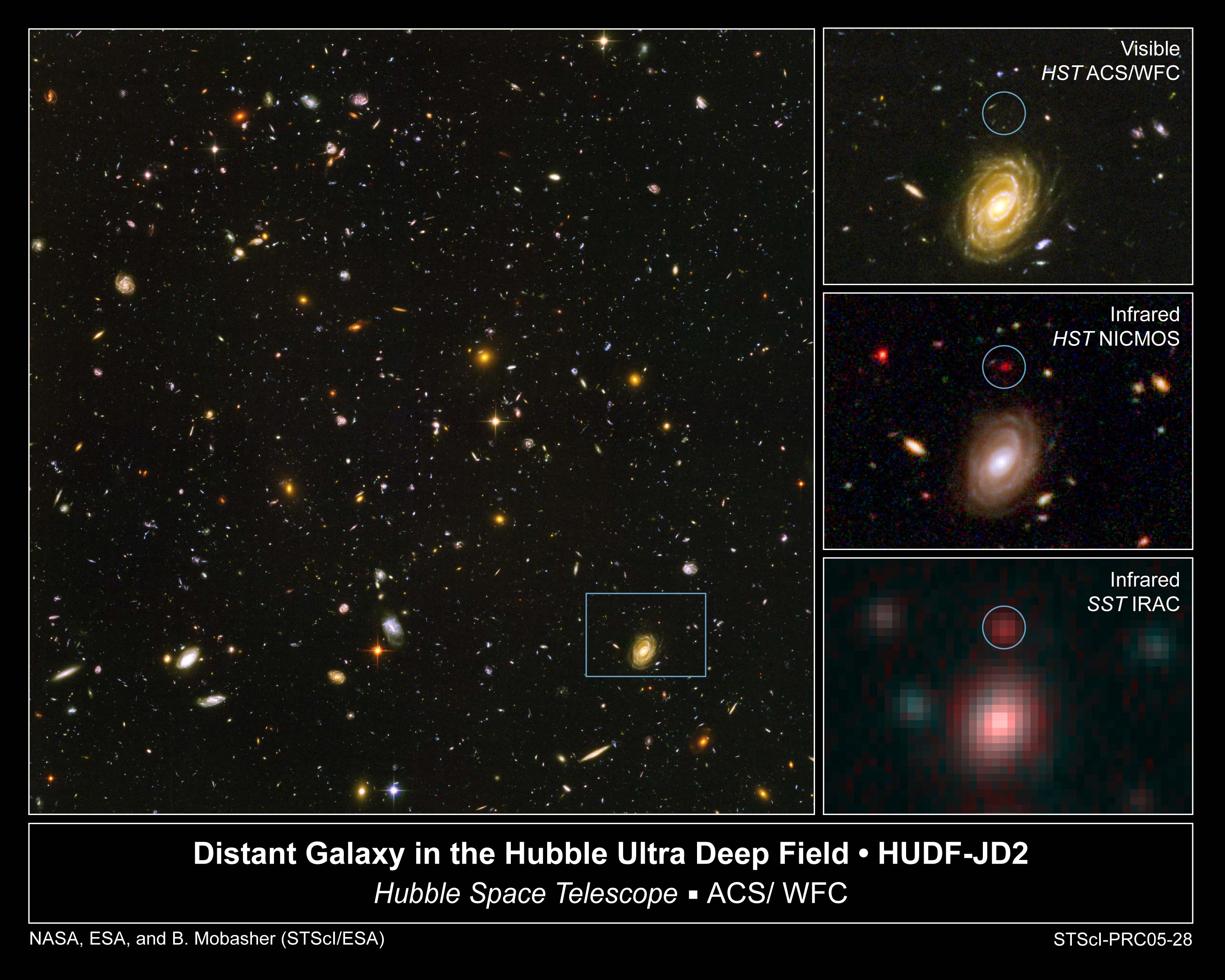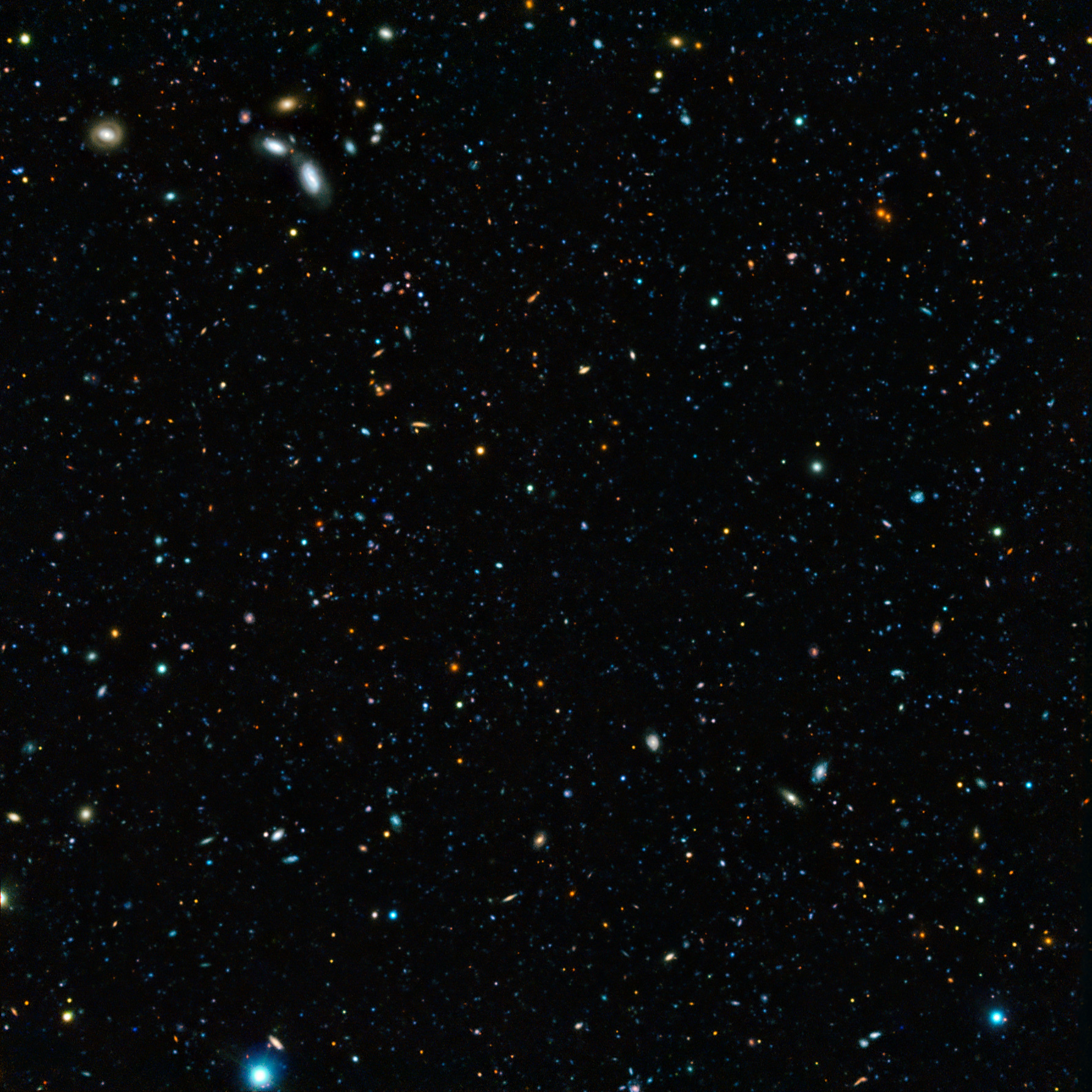|
IRAS
The Infrared Astronomical Satellite (Dutch language, Dutch: ''Infrarood Astronomische Satelliet'') (IRAS) was the first space telescope to perform a astronomical survey, survey of the entire night sky at infrared wavelengths. Launched on 25 January 1983, its mission lasted ten months. The telescope was a joint project of the United States (NASA), the Netherlands (Netherlands Agency for Aerospace Programmes, NIVR), and the United Kingdom (Science and Engineering Research Council, SERC). Over 250,000 infrared sources were observed at 12, 25, 60, and 100 micrometer wavelengths. Support for the processing and analysis of data from IRAS was contributed from the Infrared Processing and Analysis Center at the California Institute of Technology. Currently, the Infrared Science Archive at IPAC holds the IRAS archive. The success of IRAS led to interest in the 1985 STS-51-F, Infrared Telescope (IRT) mission on the Space Shuttle, and the planned Shuttle Infrared Telescope Facility whi ... [...More Info...] [...Related Items...] OR: [Wikipedia] [Google] [Baidu] [Amazon] |
Infrared Space Observatory
The Infrared Space Observatory (ISO) was a space telescope for infrared light designed and operated by the European Space Agency (ESA), in cooperation with ISAS (now part of Japan Aerospace Exploration Agency, JAXA) and National Aeronautics and Space Administration, NASA. The ISO was designed to study infrared light at wavelengths of 2.5 to 240 micrometres and operated from 1995 to 1998. The Euro, €480.1-million satellite was launched on 17 November 1995 from the Centre Spatial Guyanais#ELA-2, ELA-2 launch pad at the Guiana Space Centre near Kourou in French Guiana. The launch vehicle, an Ariane 44P rocket, placed ISO successfully into a Elliptic orbit, highly elliptical geocentric orbit, completing one revolution around the Earth (planet), Earth every 24 hours. The primary mirror of its Ritchey-Chrétien telescope measured 60 cm in diameter and was cooled to 1.7 kelvins by means of superfluid helium. The ISO satellite contained four instruments that allowed for imaging an ... [...More Info...] [...Related Items...] OR: [Wikipedia] [Google] [Baidu] [Amazon] |
Spitzer Space Telescope
The Spitzer Space Telescope, formerly the Space Infrared Telescope Facility (SIRTF), was an infrared space telescope launched in 2003, that was deactivated when operations ended on 30 January 2020. Spitzer was the third space telescope dedicated to infrared astronomy, following IRAS (1983) and ISO (1995–1998). It was the first spacecraft to use an Earth-trailing orbit, later used by the Kepler planet-finder. The planned mission period was to be 2.5 years with a pre-launch expectation that the mission could extend to five or slightly more years until the onboard liquid helium supply was exhausted. This occurred on 15 May 2009. Without liquid helium to cool the telescope to the very low temperatures needed to operate, most of the instruments were no longer usable. However, the two shortest-wavelength modules of the IRAC camera continued to operate with the same sensitivity as before the helium was exhausted, and continued to be used into early 2020 in the Spitzer Warm Mission ... [...More Info...] [...Related Items...] OR: [Wikipedia] [Google] [Baidu] [Amazon] |
Infrared Science Archive
The Infrared Science Archive (IRSA) is the primary archive for the infrared and submillimeter astronomical projects of NASA, the space agency of the United States. IRSA curates the science products of over 15 missions, including the Spitzer Space Telescope, the Wide-field Infrared Survey Explorer (WISE), the Infrared Astronomical Satellite (IRAS), and the Two Micron All-Sky Survey (2MASS). It also serves data from infrared and submillimeter European Space Agency missions with NASA participation, including the Infrared Space Observatory (ISO), Planck, and the Herschel Space Observatory. , IRSA provides access to more than 1 petabyte of data consisting of roughly 1 trillion astronomical measurements, which span wavelengths from 1 micron to 10 millimeters and include all-sky coverage in 24 bands. Approximately 10% of all refereed astronomical journal articles cite data sets curated by IRSA. IRSA is part of the Infrared Processing and Analysis Center (IPAC) and is located on the ca ... [...More Info...] [...Related Items...] OR: [Wikipedia] [Google] [Baidu] [Amazon] |
Infrared Processing And Analysis Center
The Infrared Processing and Analysis Center (IPAC) provides science operations, data management, data archives and community support for astronomy and planetary science missions. IPAC has a historical emphasis on infrared-submillimeter astronomy and exoplanet science. IPAC has supported NASA, NSF and privately funded projects and missions. It is located on the campus of the California Institute of Technology in Pasadena, California. IPAC was established in 1986 to provide support for the joint European-American orbiting infrared telescope, the Infrared Astronomical Satellite, or IRAS. The IRAS mission performed an unbiased, sensitive all-sky survey at 12, 25, 60 and 100 μm during 1983. After the mission ended, IPAC started the Infrared Science Archive (IRSA) to make the data available to anyone who needed it. Later, NASA designated IPAC as the U.S. science support center for the European Infrared Space Observatory (ISO), which ceased operations in 1998. About that sam ... [...More Info...] [...Related Items...] OR: [Wikipedia] [Google] [Baidu] [Amazon] |
Comet IRAS–Araki–Alcock
A comet is an icy, small Solar System body that warms and begins to release gases when passing close to the Sun, a process called outgassing. This produces an extended, gravitationally unbound atmosphere or coma surrounding the nucleus, and sometimes a tail of gas and dust gas blown out from the coma. These phenomena are due to the effects of solar radiation and the outstreaming solar wind plasma acting upon the nucleus of the comet. Comet nuclei range from a few hundred meters to tens of kilometers across and are composed of loose collections of ice, dust, and small rocky particles. The coma may be up to 15 times Earth's diameter, while the tail may stretch beyond one astronomical unit. If sufficiently close and bright, a comet may be seen from Earth without the aid of a telescope and can subtend an arc of up to 30° (60 Moons) across the sky. Comets have been observed and recorded since ancient times by many cultures and religions. Comets usually have highly eccentric el ... [...More Info...] [...Related Items...] OR: [Wikipedia] [Google] [Baidu] [Amazon] |
Fokker
Fokker (; ) was a Dutch aircraft manufacturer that operated from 1912 to 1996. The company was founded by the Dutch aviator Anthony Fokker and became famous during World War I for its fighter aircraft. During its most successful period in the 1920s and 1930s, Fokker dominated the civil aviation market. The company's fortunes declined over the course of the late 20th century; it declared bankruptcy in 1996, and its operations were sold to competitors. History Fokker in Germany At age 20, while studying in Germany, Anthony Fokker built his initial aircraft, the Fokker Spin, ''Spin'' (Spider)—the first Dutch-built plane to fly in his home country. Taking advantage of better opportunities in Germany, he moved to Berlin, where in 1912, he founded his first company, Fokker Aeroplanbau, later moving to the Görries suburb just southwest of Schwerin (at ), where the current company was founded, as Fokker Aviatik GmbH, on 12 February 1912. World War I Fokker capitalized on having sol ... [...More Info...] [...Related Items...] OR: [Wikipedia] [Google] [Baidu] [Amazon] |
Astronomical Survey
An astronomical survey is a general celestial cartography, map or astrophotography, image of a region of the sky (or of the whole sky) that lacks a specific observational target. Alternatively, an astronomical survey may comprise a set of images, spectra, or other observations of objects that share a common type or feature. Surveys are often restricted to one band of the electromagnetic spectrum due to instrumental limitations, although multiwavelength surveys can be made by using multiple detectors, each sensitive to a different bandwidth. Surveys have generally been performed as part of the production of an astronomical catalog. They may also search for transient astronomical events. They often use wide-field astrographs. Scientific value Sky surveys, unlike targeted observation of a specific object, allow astronomers to catalog celestial objects and perform statistical analyses on them without complex corrections for selection effects. In some cases, an astronomer interes ... [...More Info...] [...Related Items...] OR: [Wikipedia] [Google] [Baidu] [Amazon] |
Vandenberg AFB Space Launch Complex 2
Space Launch Complex 2 (SLC-2) is an active rocket launch site at Vandenberg Space Force Base, in California, USA. It consists of two launch pads: Space Launch Complex 2 East (SLC-2E, originally LC 75-1-1), used by the PGM-17 Thor missile and several of its derivatives from 1958 to 1972; and Space Launch Complex 2 West (SLC-2W, originally LC 75-1-2), which has been in use since 1959 to launch the Thor-Delta family and Delta II, and is currently used by the Firefly Alpha. Space Launch Complex 2 was originally part of Launch Complex 75 (LC 75) and was known by designation LC 75-1 or just 75-1 (and the launch pads were designated LC 75-1-1 and LC 75–1–2). The first launch out of the newly designated Space Launch Complex 2 was that of a Delta E with ESSA-3 on 2 October 1966 from SLC-2E. SLC-2E and SLC-2W are located approximately apart. SLC-2W Thor and Thor-Agena (1959–1968) Space Launch Complex 2 West (originally Launch Complex 75-1-2) was built in the late 1950s to ... [...More Info...] [...Related Items...] OR: [Wikipedia] [Google] [Baidu] [Amazon] |
Wavelength
In physics and mathematics, wavelength or spatial period of a wave or periodic function is the distance over which the wave's shape repeats. In other words, it is the distance between consecutive corresponding points of the same ''phase (waves), phase'' on the wave, such as two adjacent crests, troughs, or zero crossings. Wavelength is a characteristic of both traveling waves and standing waves, as well as other spatial wave patterns. The multiplicative inverse, inverse of the wavelength is called the ''spatial frequency''. Wavelength is commonly designated by the Greek letter lambda (''λ''). For a modulated wave, ''wavelength'' may refer to the carrier wavelength of the signal. The term ''wavelength'' may also apply to the repeating envelope (mathematics), envelope of modulated waves or waves formed by Interference (wave propagation), interference of several sinusoids. Assuming a sinusoidal wave moving at a fixed phase velocity, wave speed, wavelength is inversely proportion ... [...More Info...] [...Related Items...] OR: [Wikipedia] [Google] [Baidu] [Amazon] |
California Institute Of Technology
The California Institute of Technology (branded as Caltech) is a private research university in Pasadena, California, United States. The university is responsible for many modern scientific advancements and is among a small group of institutes of technology in the United States that are devoted to the instruction of pure and applied sciences. The institution was founded as a preparatory and vocational school by Amos G. Throop in 1891 and began attracting influential scientists such as George Ellery Hale, Arthur Amos Noyes, and Robert Andrews Millikan in the early 20th century. The vocational and preparatory schools were disbanded and spun off in 1910, and the college assumed its present name in 1920. In 1934, Caltech was elected to the Association of American Universities, and the antecedents of NASA's Jet Propulsion Laboratory, which Caltech continues to manage and operate, were established between 1936 and 1943 under Theodore von Kármán. Caltech has six academic divisi ... [...More Info...] [...Related Items...] OR: [Wikipedia] [Google] [Baidu] [Amazon] |
Space Observatory
A space telescope (also known as space observatory) is a telescope in outer space used to observe astronomical objects. Suggested by Lyman Spitzer in 1946, the first operational telescopes were the American Orbiting Astronomical Observatory, OAO-2 launched in 1968, and the Soviet Orion (space telescope), Orion 1 ultraviolet telescope aboard space station Salyut 1 in 1971. Space telescopes avoid several problems caused by the atmosphere, including the absorption or scattering of certain wavelengths of light, obstruction by clouds, and distortions due to atmospheric refraction such as twinkling. Space telescopes can also observe dim objects during the daytime, and they avoid light pollution which Observatory#Ground-based observatories, ground-based observatories encounter. They are divided into two types: Satellites which map the entire sky (astronomical survey), and satellites which focus on selected astronomical objects or parts of the sky and beyond. Space telescopes are distinct ... [...More Info...] [...Related Items...] OR: [Wikipedia] [Google] [Baidu] [Amazon] |
Caltech
The California Institute of Technology (branded as Caltech) is a private university, private research university in Pasadena, California, United States. The university is responsible for many modern scientific advancements and is among a small group of Institute of Technology (United States), institutes of technology in the United States that are devoted to the instruction of pure and applied sciences. The institution was founded as a preparatory and vocational school by Amos G. Throop in 1891 and began attracting influential scientists such as George Ellery Hale, Arthur Amos Noyes, and Robert Andrews Millikan in the early 20th century. The vocational and preparatory schools were disbanded and spun off in 1910, and the college assumed its present name in 1920. In 1934, Caltech was elected to the Association of American Universities, and the antecedents of NASA's Jet Propulsion Laboratory, which Caltech continues to manage and operate, were established between 1936 and 1943 under ... [...More Info...] [...Related Items...] OR: [Wikipedia] [Google] [Baidu] [Amazon] |









